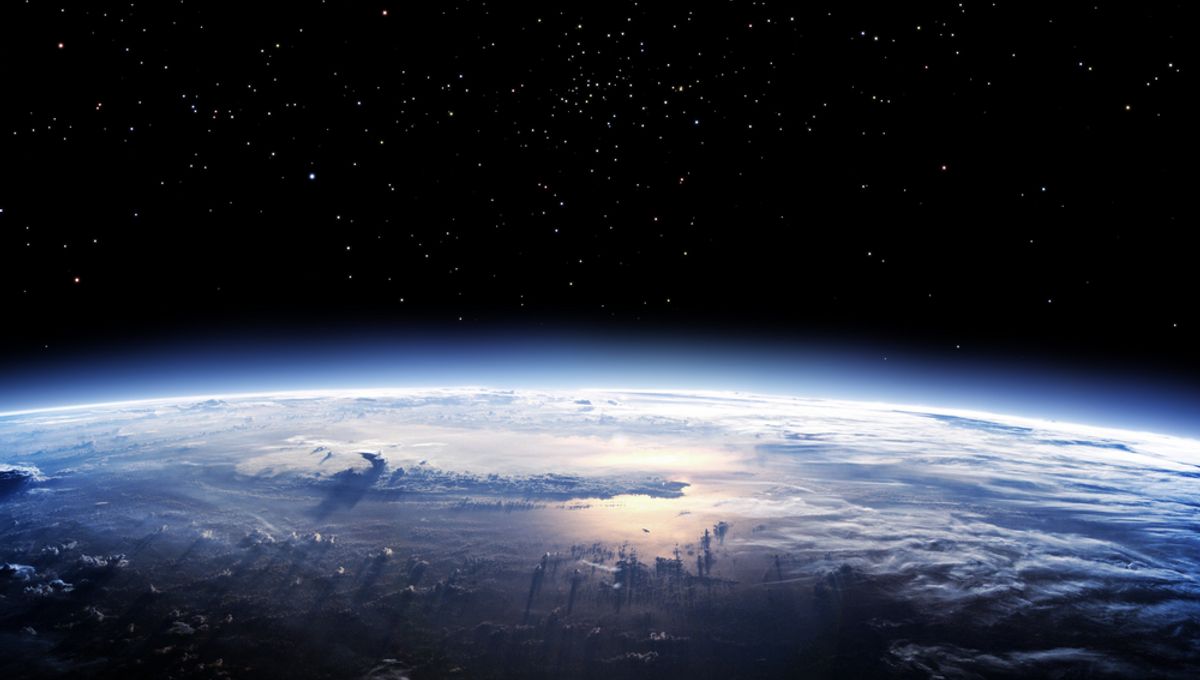
We bring you a rare piece of feel-good environmental news: the ozone layer in Earth’s stratosphere is slowly getting healthier and is on track to be fully healed in around 50 years’ time, according to the latest review by NOAA scientists.
In early 2022, NOAA’s Ozone Depleting Gas Index found that the concentration of ozone-depleting chemicals in the mid-latitude stratosphere had fallen over 50 percent, back to levels observed in 1980.
The ozone layer is a region of the stratosphere between 15 and 30 kilometers (9.3 to 18.6 miles) above Earth’s surface that has a high concentration of the gas ozone compared to other parts of the atmosphere.
By absorbing much of the Sun’s harmful ultraviolet rays, it acts as a shield for life on our planet. However, in the latter half of the 20th century, it became apparent that human activity was destroying this invaluable atmospheric shelter.
This layer was being degraded by chlorofluorocarbons (CFCs) – human-made chemicals once widely used in aerosol sprays, solvents, and refrigerants – after they are wafted up into the stratosphere.
However, humanity swiftly took action. By 1987, just seven years after scientists discovered CFCs were eroding the ozone layer, the manufacturing of such compounds began to be phased out under the Montreal Protocol. Thirty-five years on, solid progress has been made, as this latest NOAA review shows.
Bear in mind, the giant “hole” in the ozone layer over Antarctica is still there. The size of the hole ebbs and flows with the seasons. Each year around September, as the Southern Hemisphere slips into spring, CFCs break down ozone over the Antarctic, causing the ozone layer to break down and thin.
Progress to fix the hole has been slower than the recovery seen at mid-latitudes, primarily because the air in the Antarctic stratosphere is older than in mid-latitudes. Since its peak in the 1990s, the concentration of ozone-depleting chemicals has only fallen by an average of 26 percent.
If this progress continues, however, NOAA estimates that we could see the total recovery of the Antarctic ozone layer sometime around 2070.
It’s worth remembering that this progress was only made possible through science – and, most importantly, world powers actually listening to the science.
The ozone hole was only officially confirmed in 1985 by scientists from the British Antarctic Survey. In less than two years, the world had come together to sign the Montreal Protocol, designed to protect the ozone layer by phasing out ozone-depleting chemicals.
It’s largely hailed as the most successful treaty in UN history. To date, it remains the only UN treaty ever that has been ratified by all 197 parties of the UN; every country on Earth.
Now faced with the deepening problem of climate change, hard-hitting global action is needed more than ever, but looking increasingly unlikely.
Source Link: Ozone Layer Is Getting Healthier And May Totally Recover In Decades